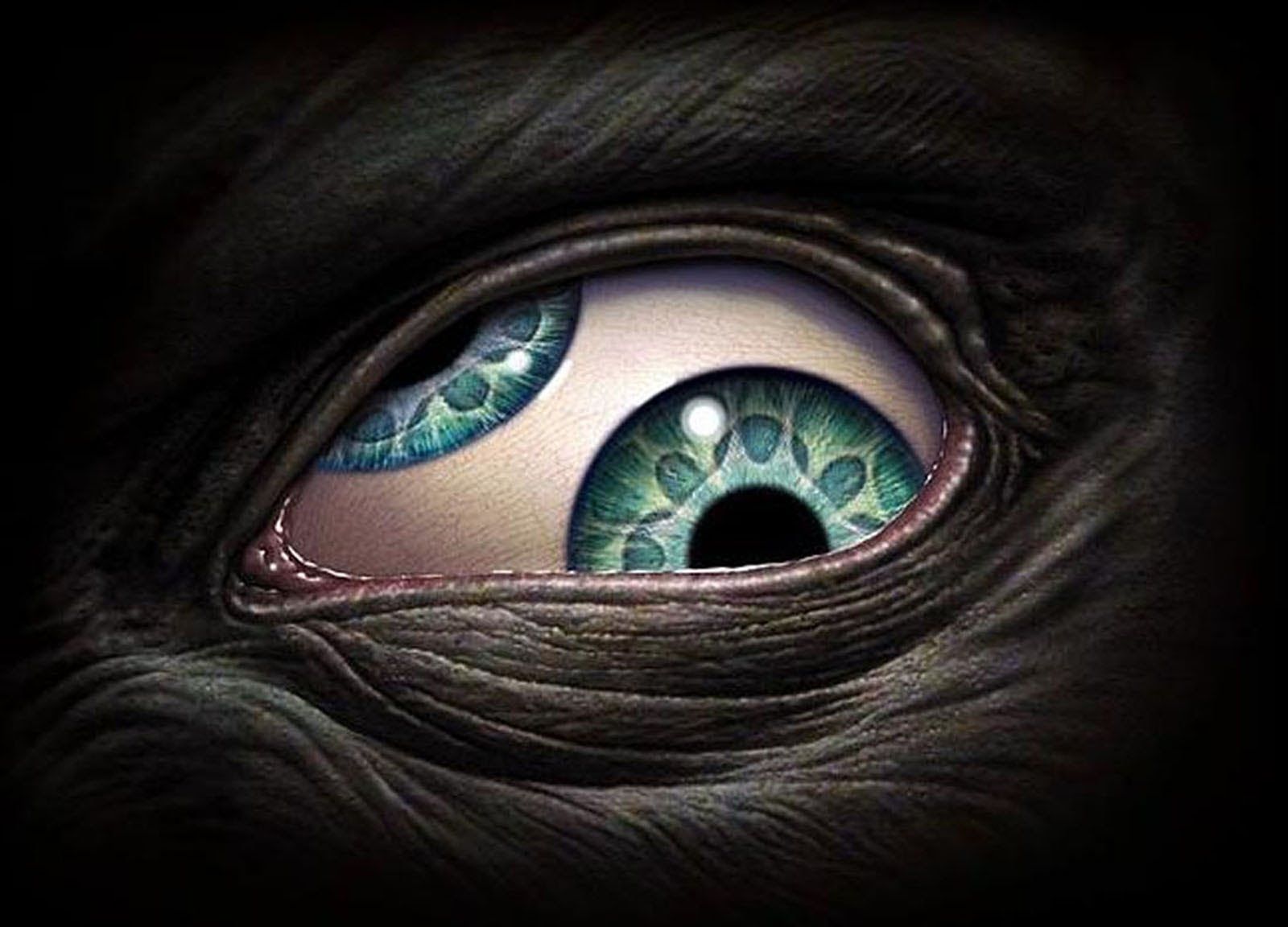Every thing i print in pla+ has been pretty dimensionally accurate on my K1c. However when i print the same thing in pa6-cf. (all fillament sunlu) the dimensions end up slightly smaller and the tolerances are arguably too tight. Magazines dont slide in and out easily, mag catch barely fits and wont slide. Pin holes are too small. Etc.
How would i address this. As it seems filament dependent not printer issue
Calibration should have been the first step before printing anything. Every printer needs to be calibrated. Every filament needs to be calibrated.
20mm cube is too small plus 100mm makes it much easier. If it comes out to 99.88mm then shrinkage is 99.88 in orca.
Pa6 should be measured after annealing and moisture conditioning. Annealing can cause it to shrink but moisture can cause it to expand.
You need to calibrate by printing an object with known dimensions in each axis. Then measure the actual values on the printed object (you’ll need a set of calipers with better than 0.1 mm accuracy). From that you can determine scaling values. Most slicers will have at least an overall scaling value in the filament settings. Orca and its kin have separate scaling for XY and Z. You can also scale the object itself manually in the slicer, but using the filament settings is better because it will be applied automatically for everything you print using that filament profile.
thanks everyone for pointing out the obvious of how to test the calibration i was more or less asking if its normal for PA6 to shrink more than PLA +
Calibrate with a medium to large size 123 block (a rectangular cuboid with dimensions 1x2x3) and, making note of environmental factors (if you have an enclosed printer and use filament dryer, that may not matter at all), and keep it as reference to compare to your filaments. You’ll obviously need accurate calipers, but you should have those anyway. Most slicers let you set scaling per-axis. You will probably need to change the scaling in one, two, or all three dimensions (but usually at slightly different ratios) hence the 123 block, it’s easy to see which dimension needs scaling. You can literally just print a rectangular cuboid, but infill will probably have an impact on final dimensions so I recommend making/downloading a machinists gauge block, which just adds a grid of holes, usually counter-bored to be able to remain flat when used in sets of two as squares by combining with nuts and bolts.
Shrinkage.
As stated it’s best to do a calibration print. Compare printed dimensions to nominal dimensions. I also measure before and after annealing. And then scale accordingly.
For instance in my case
H2D, Fiberon PA6-CF20, .4 nozzle, .96 flow, 300blkfde settings and speeds
I scale my models XY 100.3% and Z 100.5% and pretty much anything is dimensionally within .01mm after annealing (per Polymaker TDS 100c @16h)
Your results may vary based on a multitude of factors, so a quick calibration print will save you a lot of wasted filament.
Orcaslicer has XY and Z scaling under filament settings. BambuSlicer only has XY.



